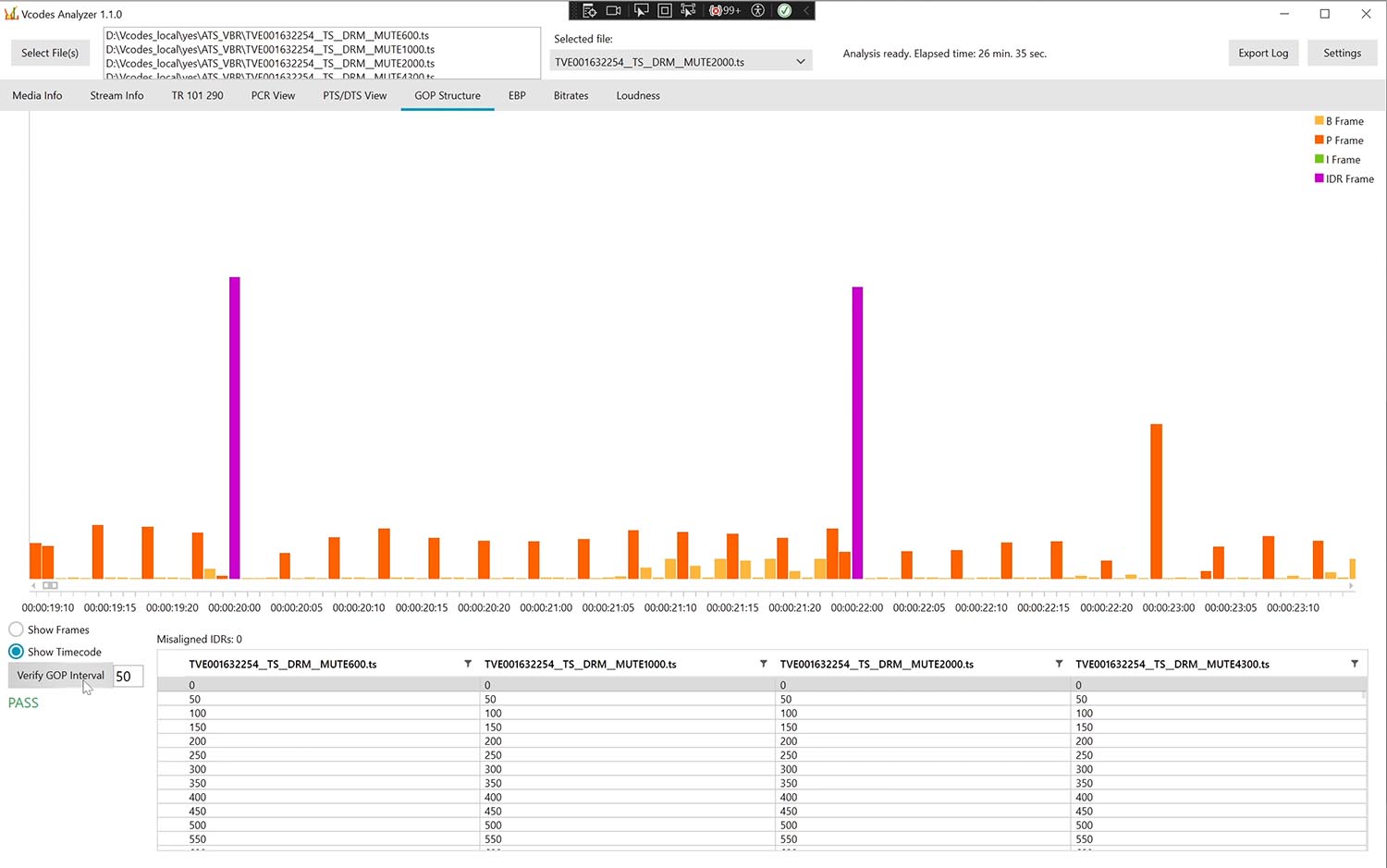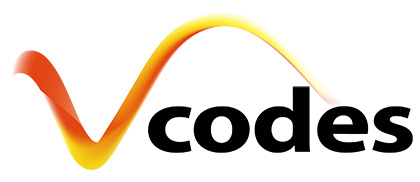Adaptive bitrate encoding is a technique that allows video streaming service providers to deliver high-quality video content to their viewers over various network conditions. It works by creating multiple versions of the same video content at different bitrates and resolutions, and switching between them dynamically based on the available bandwidth and device capabilities of the viewer.
However, adaptive bitrate encoding also poses some challenges for video compression and delivery. One of them is ensuring that all different bitrates in the ladder are GOP aligned to each other. In this article, we will explain what GOP alignment means, why it is important, and how it can be achieved.
What is GOP alignment?
GOP stands for Group of Pictures, which is a basic unit of video compression. A GOP consists of a sequence of frames that are encoded using different types of frames: I-frames, P-frames, and B-frames. I-frames are intra-coded frames that contain the full information of an image. P-frames are predictive frames that only contain the difference from the previous I-frame or P-frame. B-frames are bidirectional frames that only contain the difference from the previous and next I-frame or P-frame.
A typical GOP structure looks like this:
I B B P B B P B B I …
The length of a GOP is usually defined by the number of frames between two consecutive I-frames. For example, a GOP length of 30 means that there are 30 frames in a GOP, including one I-frame at the beginning and one I-frame at the end.
GOP alignment means that all different bitrates in the ladder have the same GOP structure and length, and that their I-frames are synchronized with each other. For example, if we have three bitrates in the ladder: 1080p at 6 Mbps, 720p at 3 Mbps, and 480p at 1.5 Mbps, and they all have a GOP length of 30 frames, then their I-frames should occur at the same time in each bitrate.
Why is GOP alignment important?
GOP alignment is important for several reasons:
- It enables seamless switching between bitrates: When a viewer’s bandwidth fluctuates or their device capabilities change, the streaming service provider can switch to a different bitrate that matches their conditions. However, if the bitrates are not GOP aligned, then switching may cause visual artifacts or glitches in the video playback. This is because the decoder may not have enough information to reconstruct the desired frame from the new bitrate. For example, if the decoder expects an I-frame but receives a P-frame or a B-frame from the new bitrate, it may not be able to decode it correctly. By ensuring that all bitrates are GOP aligned, switching can be done at any I-frame boundary without affecting the video quality.
- It improves video quality and compression efficiency: When all bitrates are GOP aligned, they can share the same encoding parameters and settings, such as quantization levels, motion vectors, macroblock modes, etc. This can reduce the encoding complexity and improve the compression efficiency. Moreover, it can also improve the video quality by avoiding unnecessary re-encoding or transcoding of frames across different bitrates.
- It simplifies video delivery and playback: When all bitrates are GOP aligned, they can be easily segmented and packaged into standard formats such as HLS or DASH for adaptive bitrate delivery. Each segment can start with an I-frame and end with an I-frame or a P-frame. This makes it easier for the streaming server to deliver the segments and for the player to buffer and play them back. It also enables features such as fast-forwarding, rewinding, seeking, etc., by allowing the player to jump to any I-frame within a segment.
How can GOP alignment be achieved?
In the case of using software like the Vcodes vCoder, it is only a matter of a few clicks to get a fully automated, proper adaptive bit rate profile.
In the case of going the long manual way, there are different ways to achieve GOP alignment for adaptive bitrate encoding. One way is to use fixed GOP mode with scene change detection disabled. This means that the encoder will use a constant GOP length and structure for all bitrates regardless of the content characteristics. However, this may not be optimal for some types of video content that have frequent scene changes or high motion. In such cases, using fixed GOP mode may result in lower video quality or higher bitrate than necessary.
Another way is to use fixed GOP mode with scene change detection enabled. This means that the encoder will use a constant GOP length and structure for all bitrates unless there is a scene change detected in the content. In that case, the encoder will insert an I-frame at the scene change point for all bitrates to maintain GOP alignment. However, this may not be feasible for some types of video content that have very frequent or subtle scene changes. In such cases, using scene change detection may result in too many I-frames or missed scene changes.
A third way is to use adaptive GOP mode with GOP alignment enabled. This means that the encoder will use a variable GOP length and structure for each bitrate depending on the content characteristics, but it will also ensure that the I-frames are synchronized across all bitrates. This can be done by using a common reference clock or timestamp for all bitrates, and by adjusting the GOP length and structure accordingly. For example, if the encoder detects a scene change in one bitrate, it will insert an I-frame at the same time for all other bitrates, even if they do not have a scene change. This way, the encoder can achieve the best trade-off between video quality and compression efficiency for each bitrate while maintaining GOP alignment.
Once encoding profiles are designed, analysis tools, like the Vcodes Analyzer, can verify that the streams are correctly GOP aligned (and if required, EBP aligned as well).

Vcodes Analyzer verifies that GOPs are aligned through the entire bitrate ladder of an ABR set of files
Conclusion
GOP alignment is an important aspect of adaptive bitrate encoding that can improve the video quality, compression efficiency, and delivery performance of streaming service providers. It can be achieved by using different encoding modes and settings depending on the content characteristics and the desired trade-offs. By ensuring that all different bitrates in the ladder are GOP aligned to each other, streaming service providers can deliver high-quality video content to their viewers over various network conditions.


